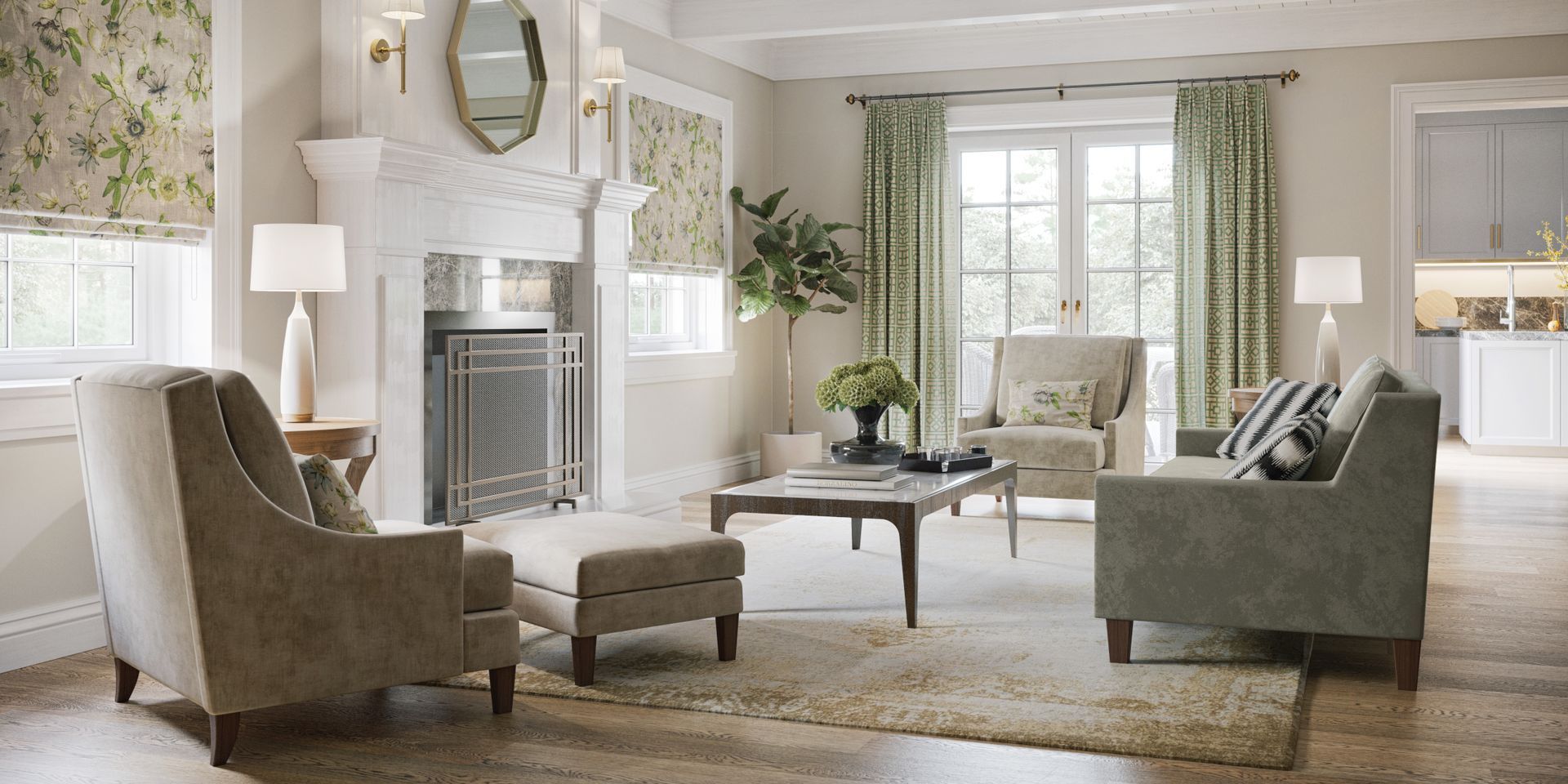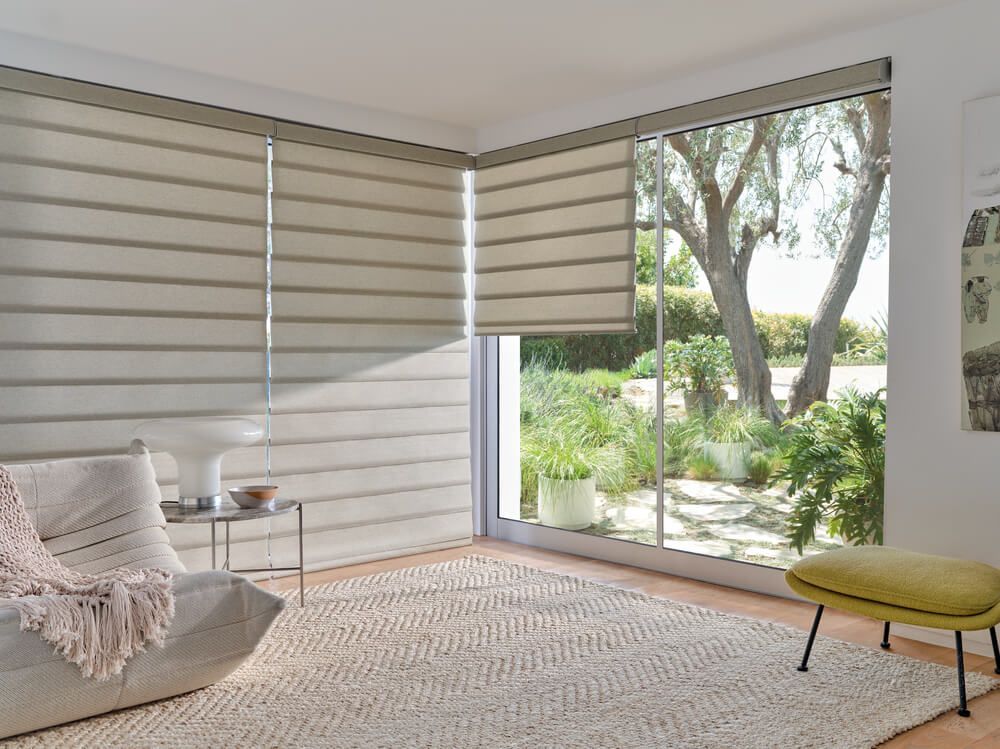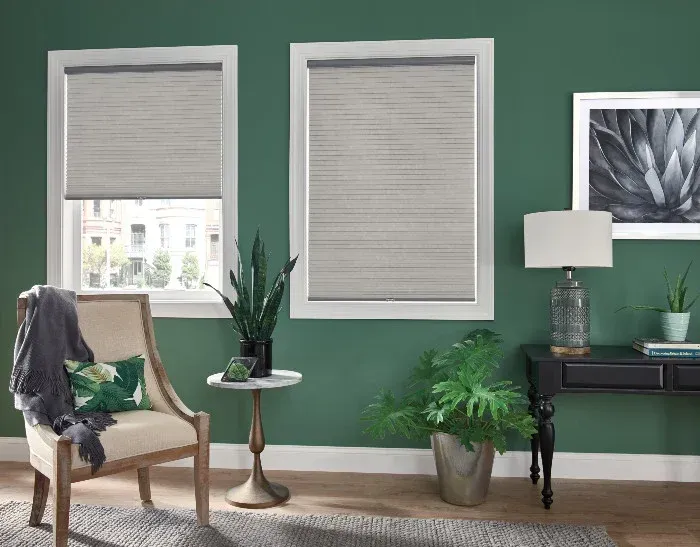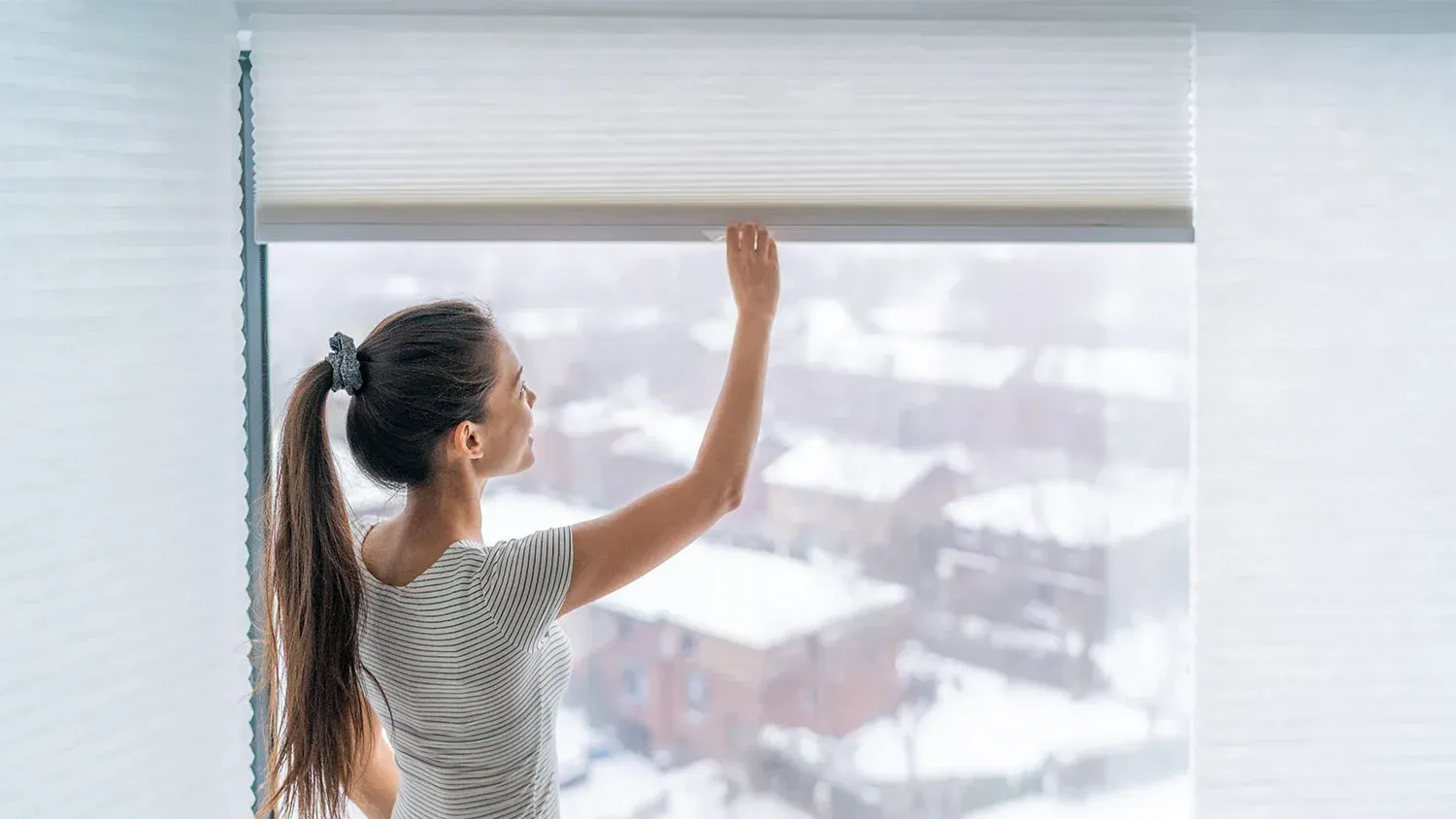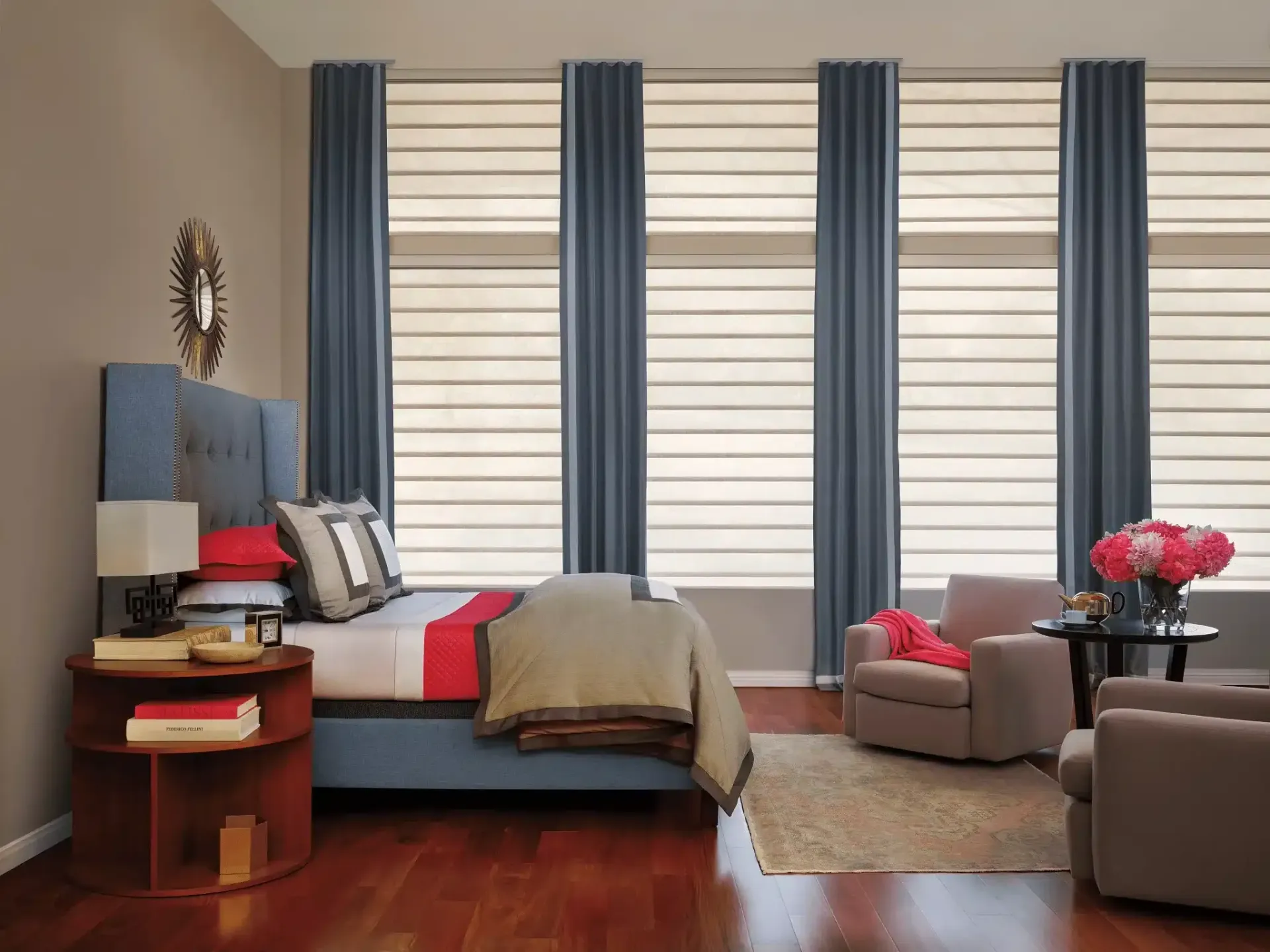Can You Install Blinds Without a Drill? 3 Easy Steps to Do It
TLDR;
Yes, you can install blinds without a drill. The three easiest ways are using adhesive brackets or strips, tension rods, or clip-in systems. These methods are renter-friendly, damage-free, and effective when chosen for the right surface and blind size.
What No-Drill Blinds Mean
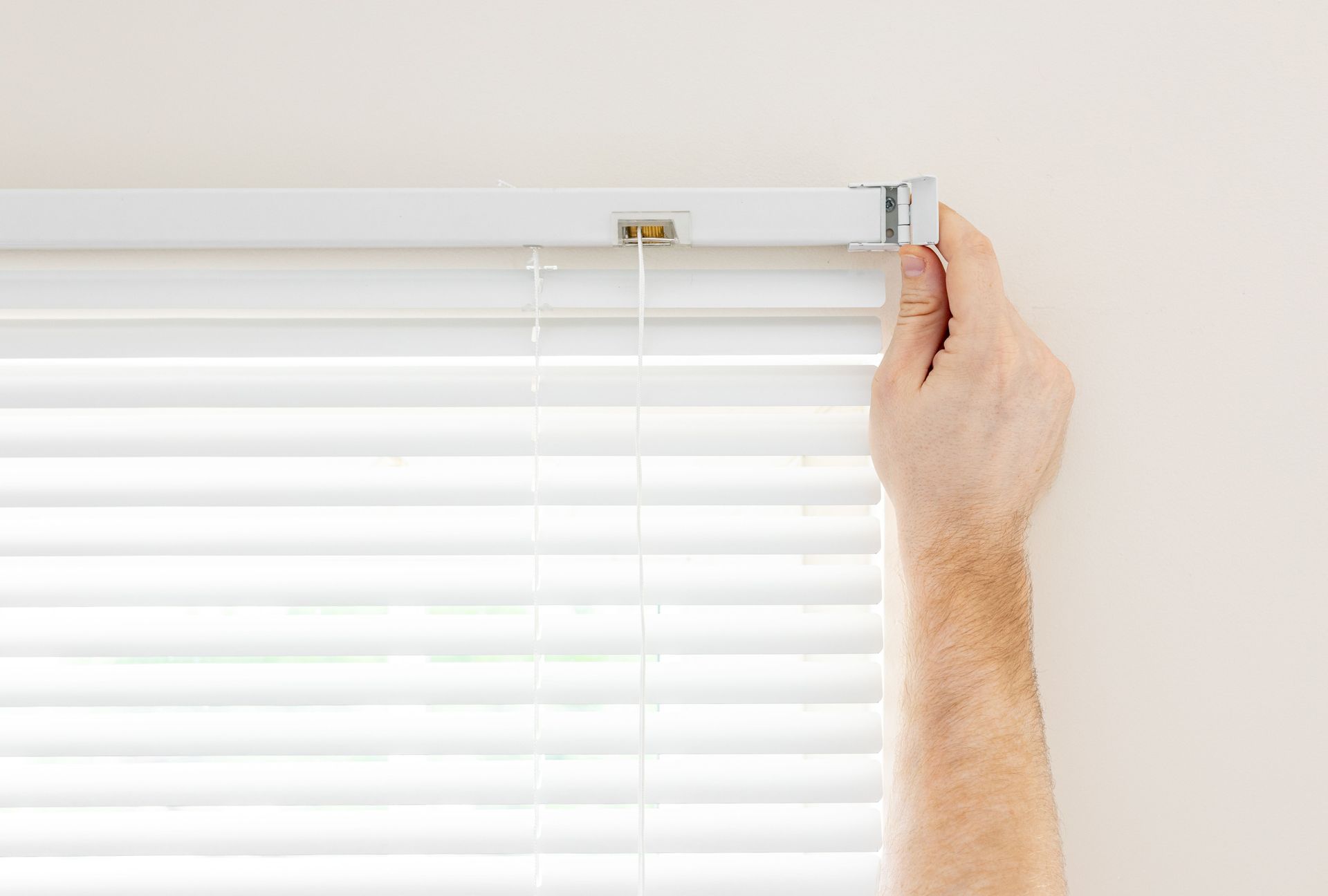
No-drill blinds are window coverings mounted without screws or permanent holes. They are popular for renters or anyone who wants a quick, damage-free option.
Main types include:
- Adhesive strips or command strip brackets
- Tension rods that use pressure inside the window frame
- Magnetic or clip-in systems for certain frames, such as uPVC
Pros:
- Quick and simple installation
- No damage to walls or window frames
- Easy removal when moving out
Cons:
- Limited weight capacity
- Adhesives may fail in humid or hot conditions
- Some options fit only specific surfaces or window frames
Step 1 – Choose the Right Method for Your Situation
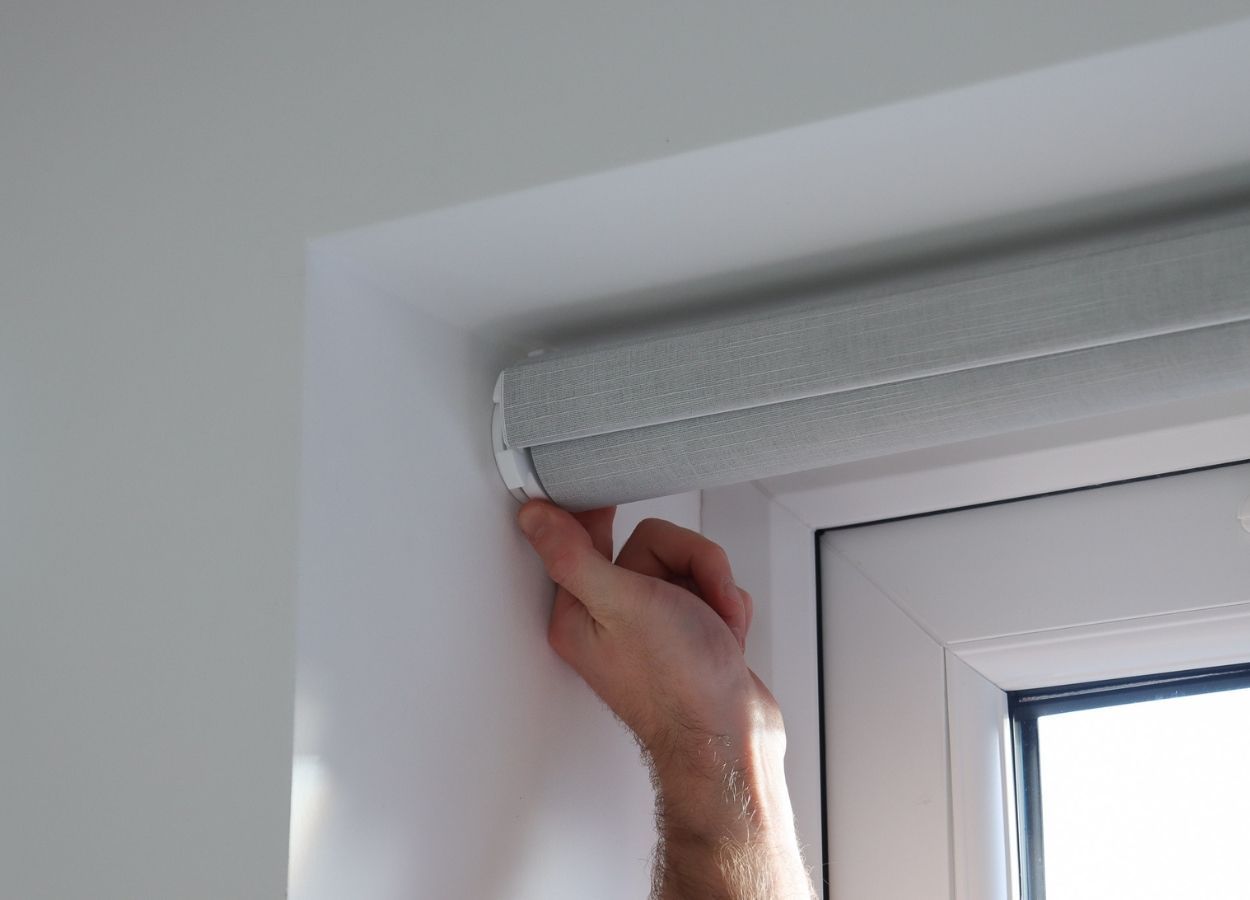
Surface Type Compatibility
Different surfaces require different approaches.
- Painted drywall: adhesives work if surface is smooth and clean
- Textured surfaces: adhesives struggle, tension rods are better
- Glass or metal: adhesives and magnetic brackets are strong
- PVC or vinyl frames: clip-in systems fit well
- Wood frames: adhesives or magnetic brackets both work
Blind Size and Weight Guidelines
- Small, lightweight
blinds: adhesives or tension rods are fine
- Medium blinds: heavy-duty adhesive brackets or magnetic systems
- Large or heavy blinds: not recommended without screws, consider lighter blinds
Lifestyle and Environment
- High humidity or heat: adhesives weaken, tension rods are safer
- Frequent removal needed: tension rods or clip-in systems allow easier reuse
- Long-term hold: adhesives need strong strips rated for heavy loads
Step 2 – Prepare and Gather Materials
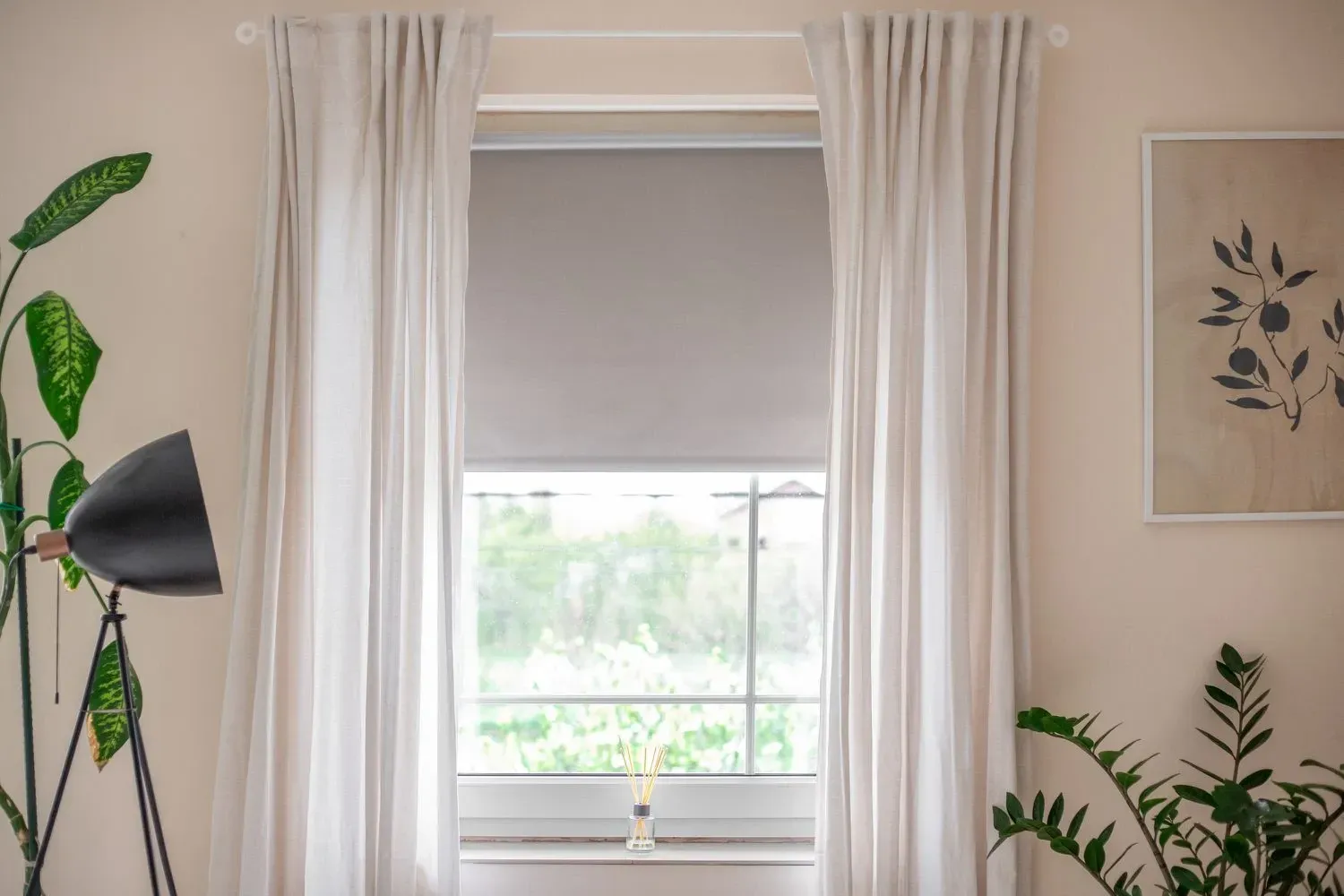
Before starting, preparation ensures the blinds stay in place.
- Clean the surface thoroughly with rubbing alcohol. Dust or oils reduce adhesion.
- Measure the width and height of the window accurately.
- Check clearance for the blind to hang and operate smoothly.
Materials you may need:
- Adhesive strips or command strip brackets
- Strong Velcro if using adhesive methods
- Magnetic brackets for metal frames
- Tension rod sized to your window width
- Cleaning supplies like alcohol wipes
- Level to ensure blinds hang straight
Step 3 – Install in 3 Easy Steps
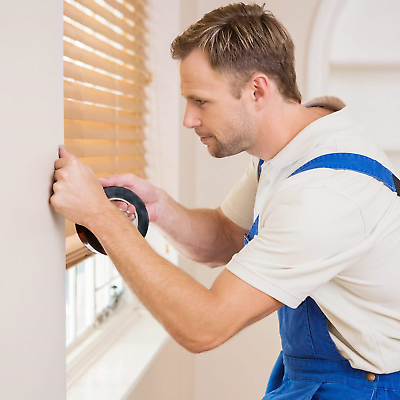
Method 1: Adhesive Brackets or Command Strips
- Position and mark where the brackets should go.
- Apply adhesive strips and press brackets firmly onto the cleaned surface.
- Snap blinds into place and test for stability by gently pulling them.
Method 2: Tension Rods
- Measure window width and adjust the tension rod to fit snugly.
- Place the rod inside the window frame so it holds itself with pressure.
- Mount lightweight blinds or curtains directly on the rod.
Method 3: Clip-In or Perfect Fit Systems
- Insert clips between the window frame and the rubber seal.
- Use multiple clips for secure support.
- Attach blinds to the clips or slot Perfect Fit blinds into the frame.
Tips for better results:
Always use a level to avoid crooked blinds- Distribute weight evenly on both sides
- Test smooth operation before finishing
Maintenance, Troubleshooting, and Removal
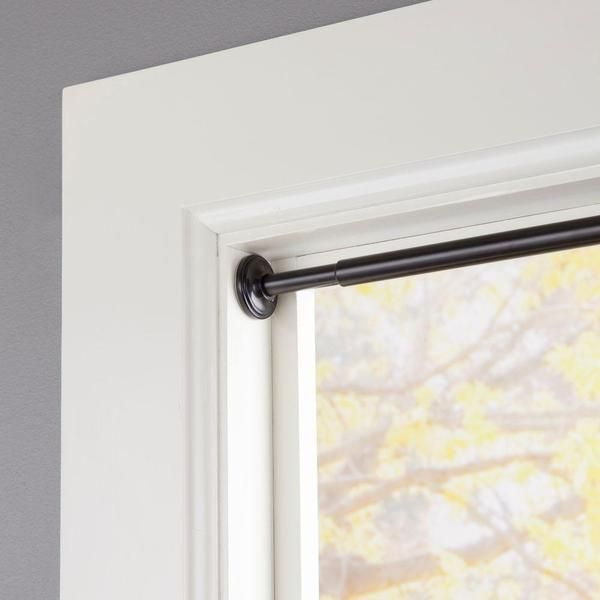
Common Problems
- Adhesive strips peeling away from the wall
- Tension rods slipping under pressure
- Uneven blinds due to poor leveling
Solutions
- Re-clean and reapply new adhesive strips if failure occurs
- Choose a longer tension rod to improve grip
- Adjust brackets slightly to balance uneven blinds
Removal
- Peel adhesive strips slowly to prevent paint damage
- Use dental floss or a plastic scraper to separate stubborn adhesives
- Remove residue with rubbing alcohol
Safety, Costs, and Best Practices
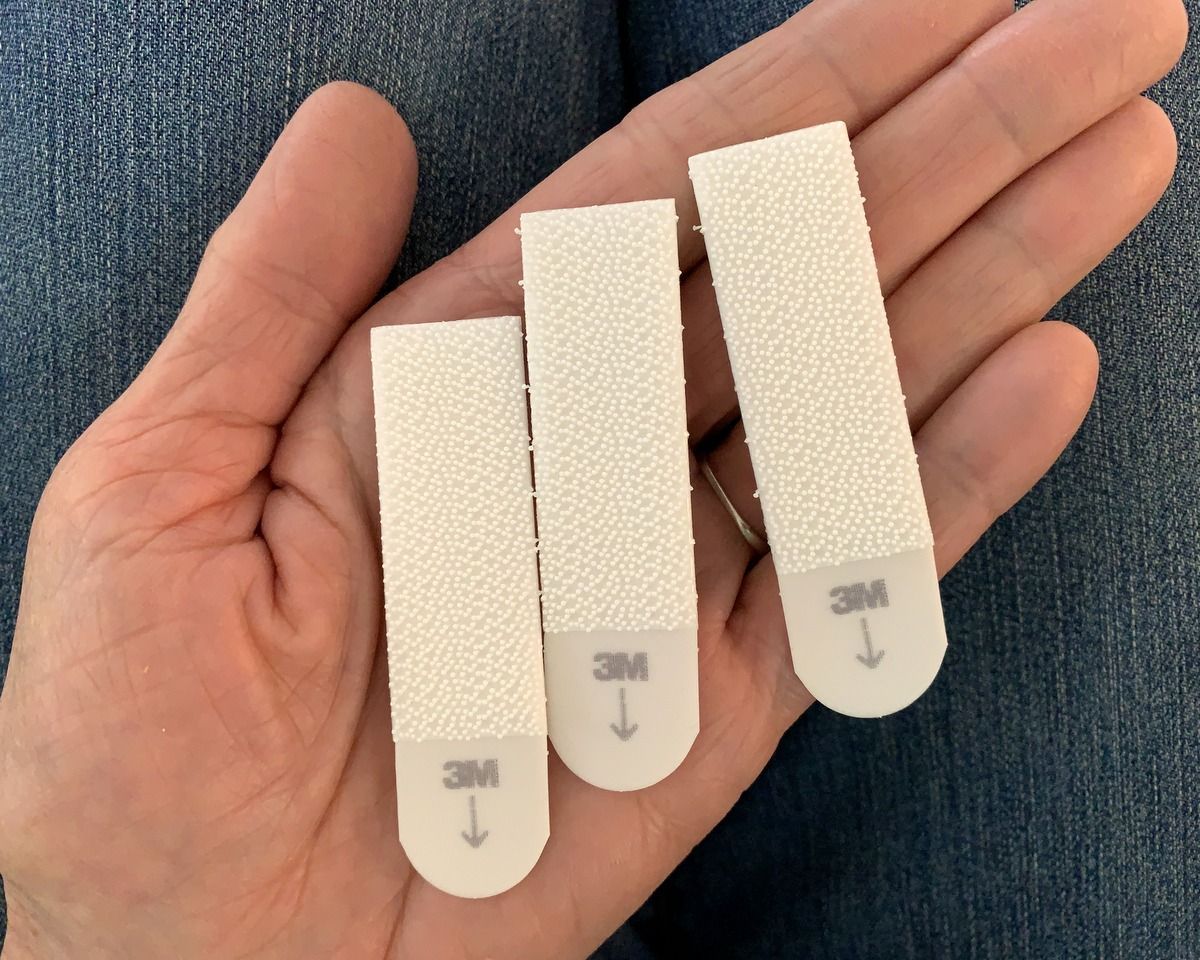
Safety
- Ensure blinds are secure before daily use
- Be cautious with cords if children are in the home
- Avoid mounting heavy blinds with adhesive methods
Cost Comparison
- Adhesive brackets: $10–$20
- Tension rods: $15–$25
- Clip-in or Perfect Fit blinds: $40–$100 depending on style
- Traditional drilled brackets: usually cheaper but require tools
Best Practices
- Use adhesive brackets for small blinds only
- Use tension rods for temporary or lightweight solutions
- Choose clip-in blinds for uPVC or vinyl windows
No-Drill Blinds for Renters
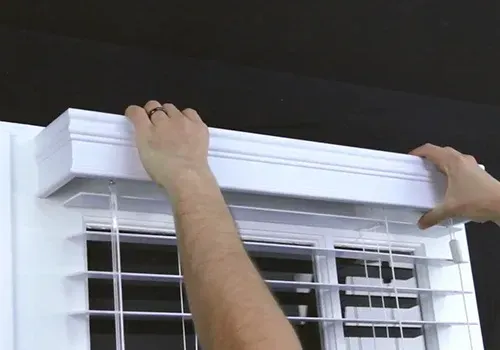
For renters, no-drill blinds are a safe choice since landlords usually forbid drilling.
Options that work best for apartments:
- Adhesive brackets with command strips
- Tension rods for temporary coverings
- Clip-in systems for modern window frames
Durability and Longevity of Drill-Free Blind Installation
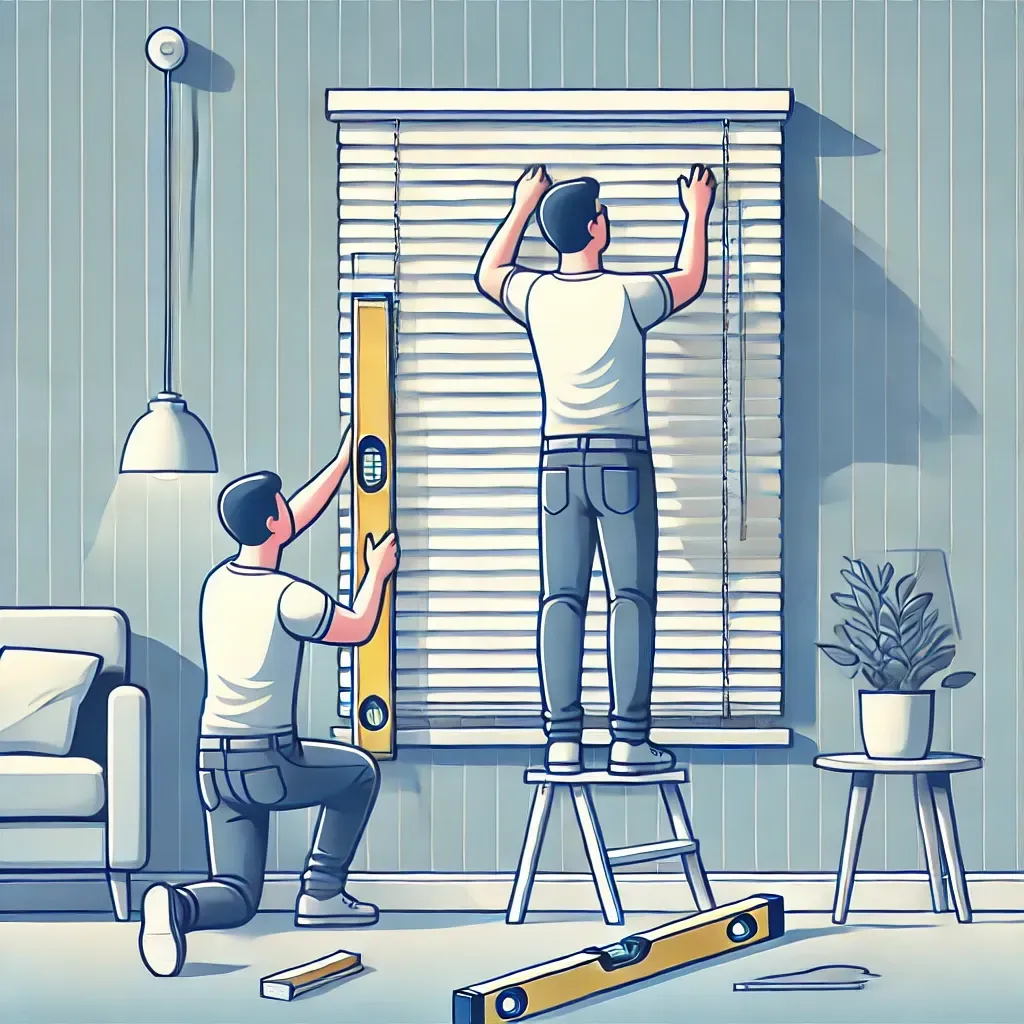
- Adhesive strips often last 6–12 months before weakening
- Tension rods last longer but can loosen with frequent adjustments
- Magnetic brackets hold indefinitely if installed on proper metal frames
- Longevity depends on climate, surface preparation, and weight of blinds
Removal and Residue Issues
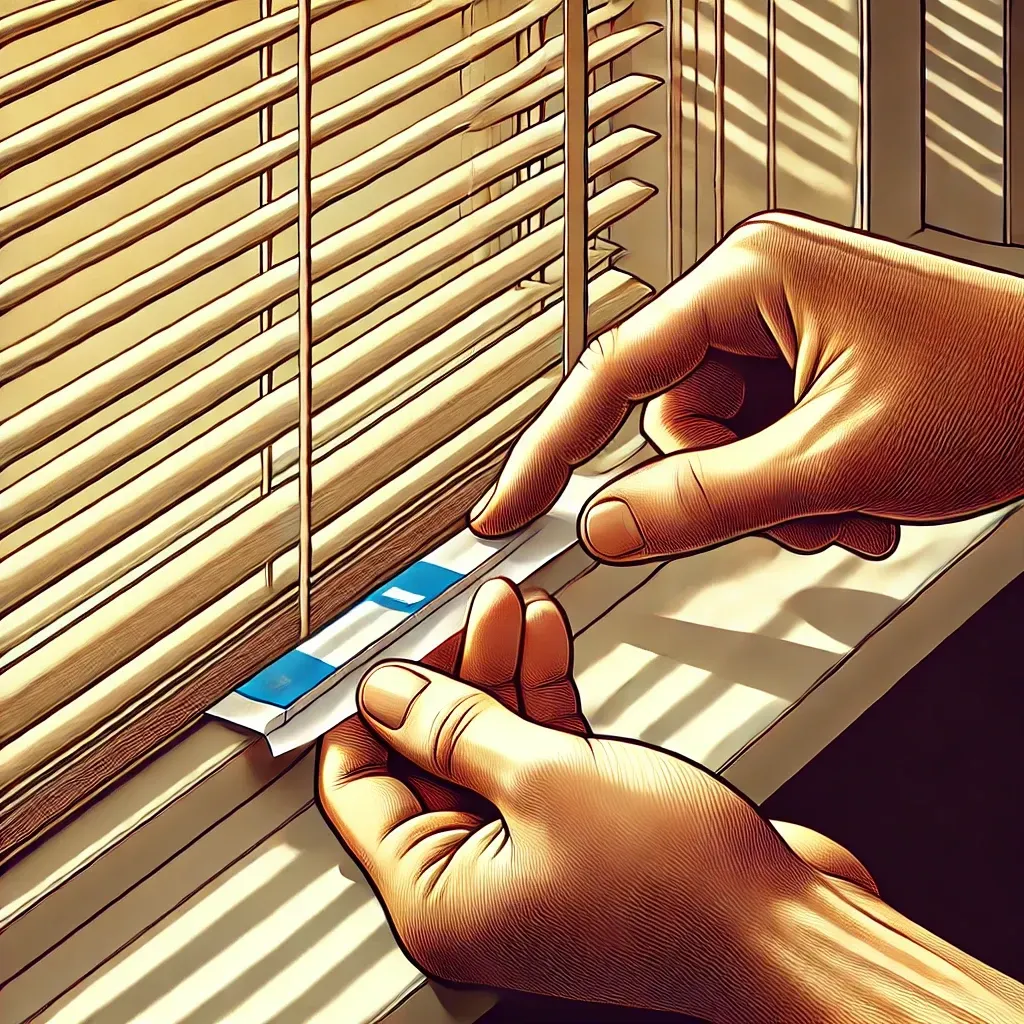
Adhesives sometimes leave marks or residue on paint or vinyl.
Steps to minimize:
- Use branded adhesive strips rated as damage-free
- Remove carefully at a slow angle
- Clean residue with alcohol, avoid harsh chemicals
Are Adhesive Blinds Strong Enough for Large Windows
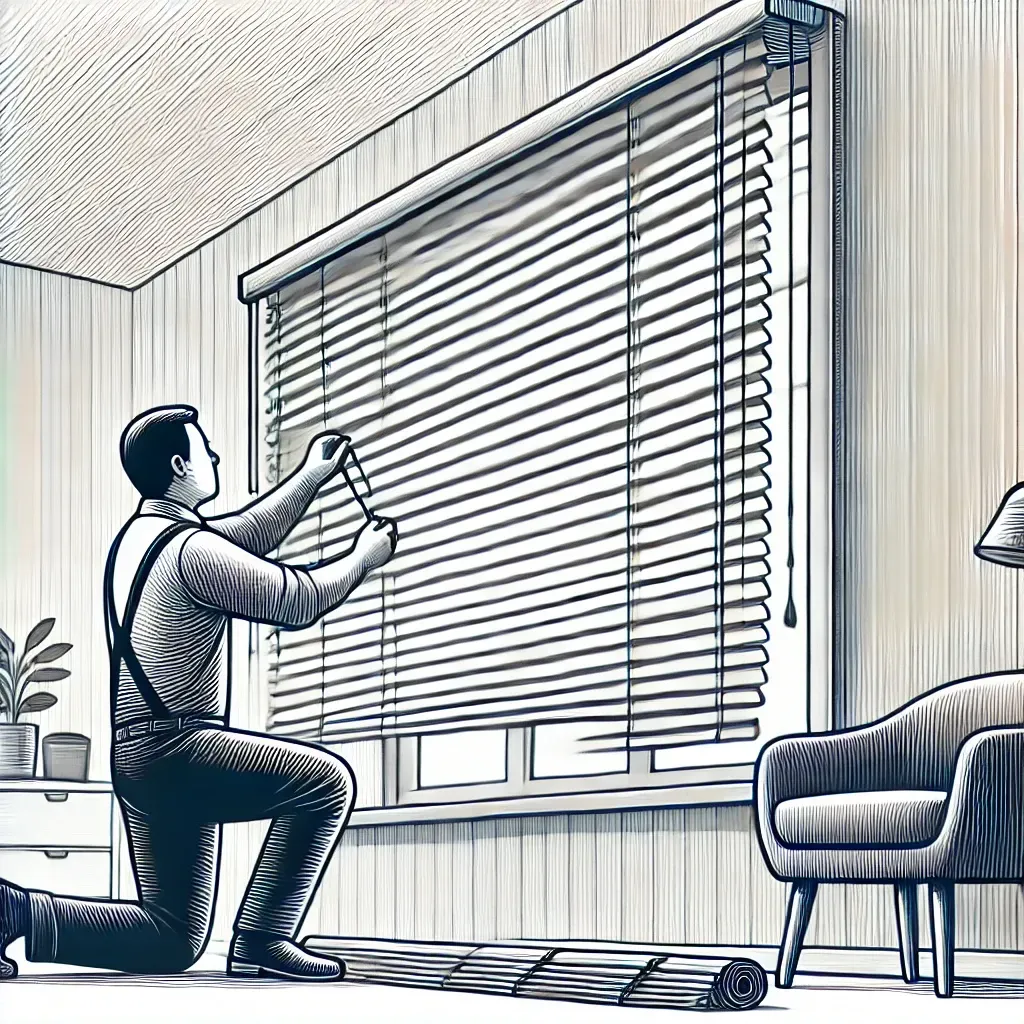
For large windows, adhesives alone are not reliable.
- They work best on blinds under 10 pounds
- Wide or tall blinds need drilled brackets for safety
- For wide spans, split blinds into two smaller units with separate supports
What Kind of Blinds Work Best Without Drilling
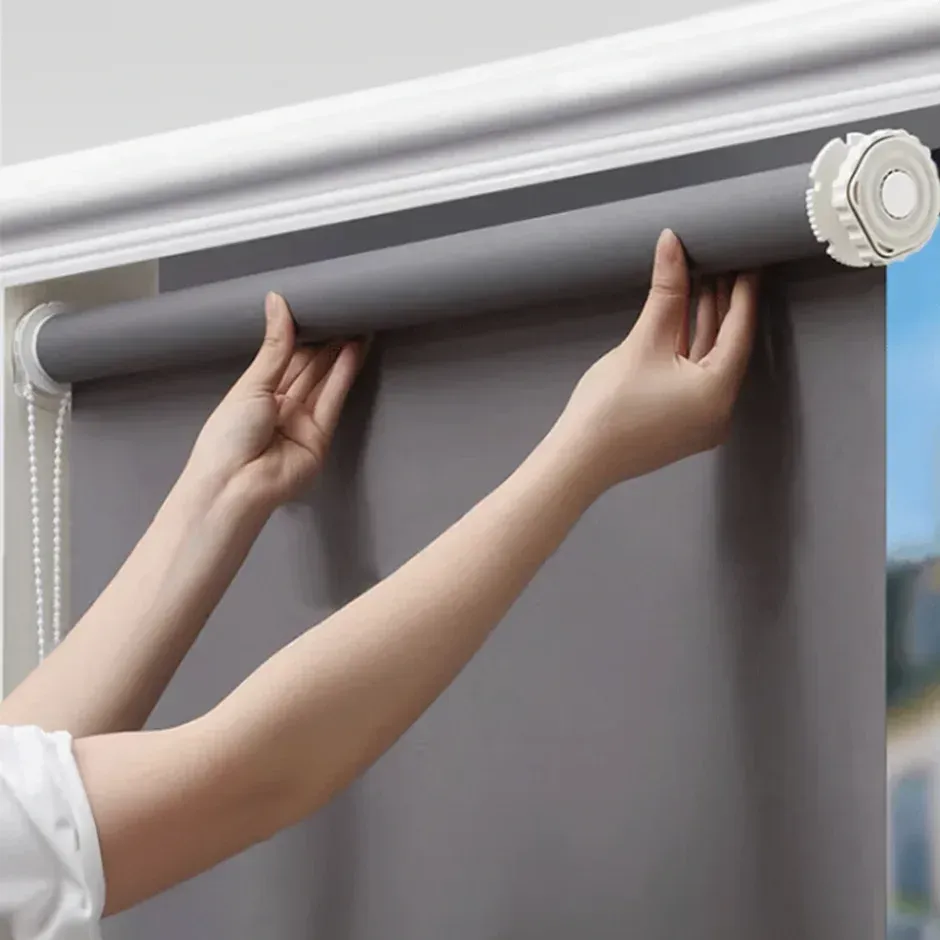
- Roller blinds with adhesive brackets
- Lightweight Venetian or mini blinds
- Pleated or
cellular shades with tension systems
- Clip-in blinds for vinyl frames
- Temporary blackout shades with peel-and-stick backing
Future of No-Drill Blind Installation
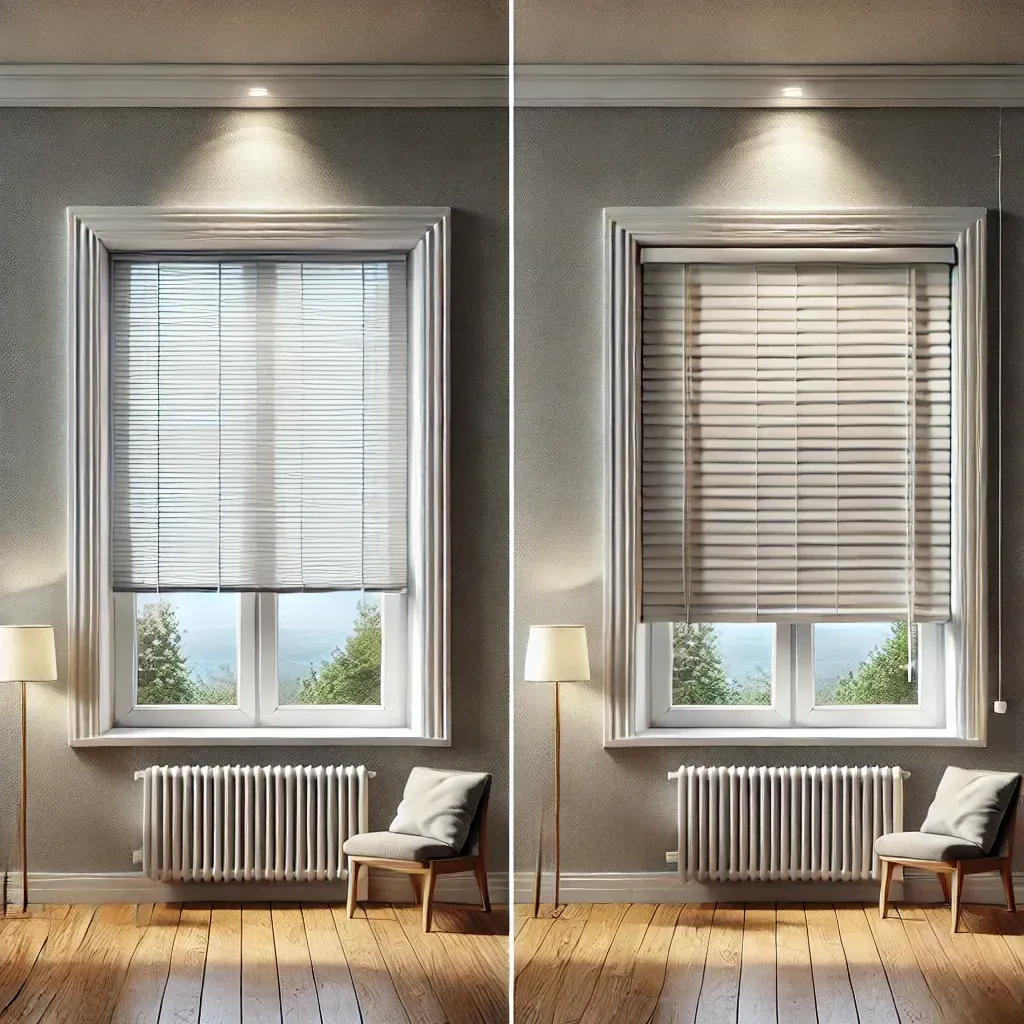
With growing renter demand, manufacturers are improving adhesive technology.
- Stronger, heat-resistant adhesives are emerging
- More Perfect Fit designs are being produced for vinyl windows
- Eco-friendly adhesive strips are being developed to reduce waste
FAQ About Drill-Free Blind Installation
Can you install heavy blinds without screws
Heavy blinds are not safe with adhesives or rods. Stick to lightweight options.
Will adhesives damage my paint
High-quality adhesive strips are labeled as damage-free, but cheap versions may peel paint.
How long do no-drill blinds last
Typically 6 months to 2 years, depending on conditions.
Do they work in humid weather
Humidity reduces adhesive strength. Tension rods or clip-in systems are safer.
Are they renter-friendly
Yes, no-drill blinds are designed for renters to avoid permanent damage.
Damage-Free Blinds Installation With Love Is Blinds TX
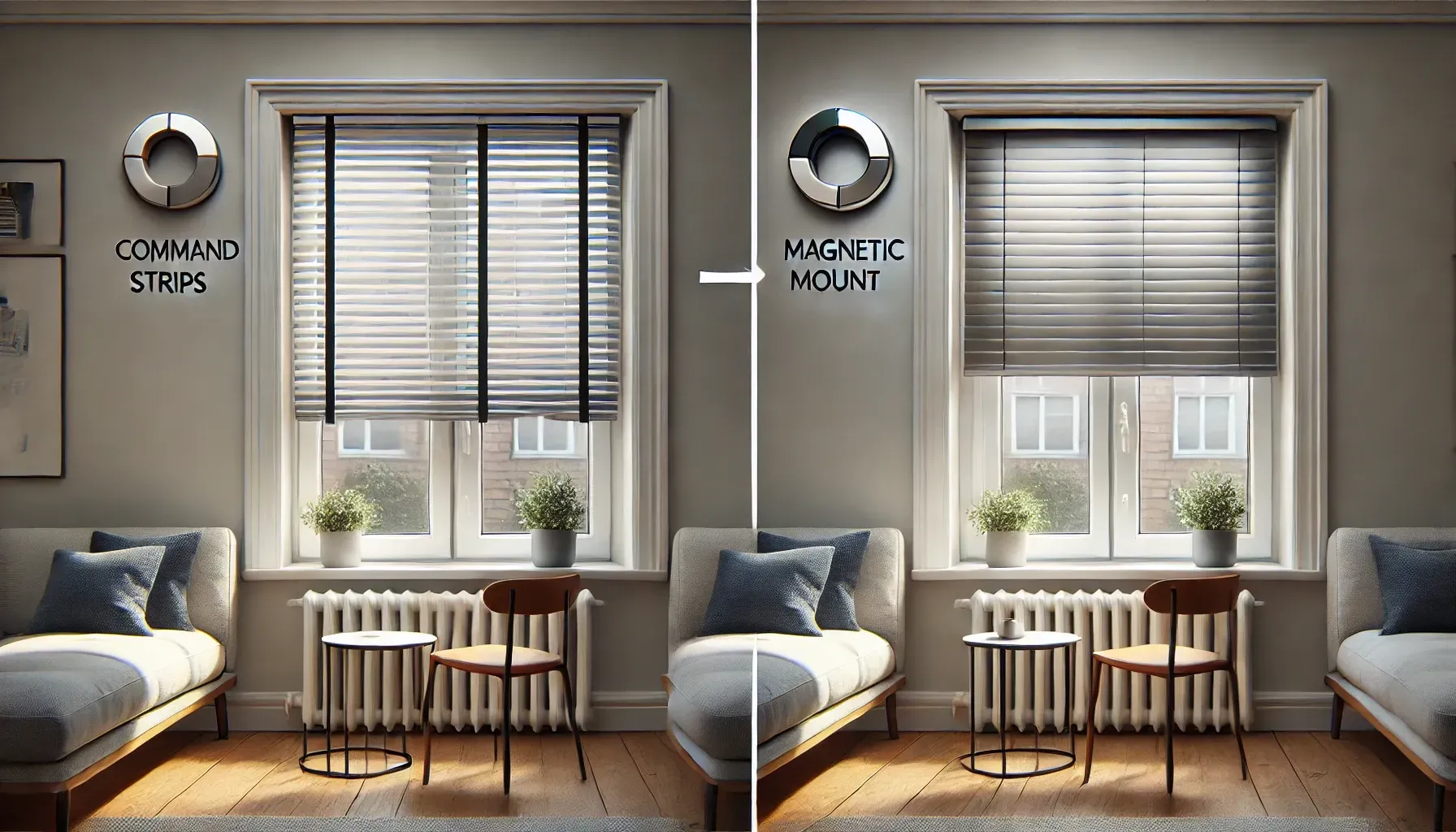
Love Is Blinds TX helps homeowners and renters choose the right window treatments for their situation. No-drill blinds are practical for renters, small windows, or temporary solutions. If you need long-term blinds, professional installation with drilled brackets may still be the most secure choice.
Love Is Blinds TX offers both traditional and no-drill window treatments. This ensures you have options that match your lifestyle, whether you are renting or own your home.

